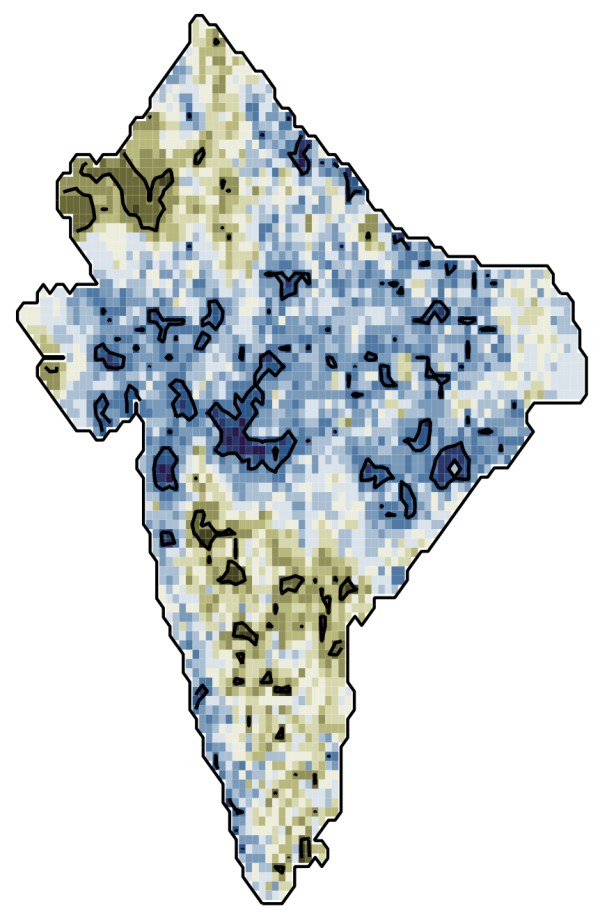Applied Sciences, Vol. 15, Pages 8361: 1H-qNMR as a Tool for the Quantitative and Qualitative Evaluation of Abietane-Type Diterpenes in Lamiaceae Species Cultivated in Greece
Applied Sciences doi: 10.3390/app15158361
Authors:
Panagiotis Kallimanis
Prokopios Magiatis
Thalia Tsiaka
Panagiotis Zoumpoulakis
Angeliki Panagiotopoulou
Ioanna Chinou
This study aimed to quantitatively and qualitatively evaluate the content of carnosic acid (CA), 12-O-methyl-carnosic acid (12MCA), carnosol (CS), rosmanol (RO) and 7-O-methyl-epi-rosmanol (7MER) in 61 Lamiaceae plants growing in Greece, using 1H-qNMR spectroscopy as a simple, rapid and direct method without sample deterioration. For this purpose, methanol extracts from 18 genera (e.g., Salvia, Mentha, Melissa, Ocimum) were analyzed using isolated and fully characterized metabolites, previously identified by our group, as standards. At least one of the target compounds was detected in 22 species, predominantly belonging to the genus Salvia. Notably, 7MER and RO were not detected in any extract. CA, CS and 12MCA were exclusively found in Salvia species, with S. somalensis, S. officinalis and S. fruticosa emerging as the richest sources of these diterpenes. Among them, S. somalensis showed the highest concentration of CA (>30 mg/g), while 12MCA was most abundant in S. microphylla. These results highlight Salvia as the most promising genus for the accumulation of bioactive abietane-type diterpenes. The implementation of 1H-qNMR for such chemical profiling provides a reliable approach toward the phytochemical standardization of plant extracts, supporting their further use in nutraceutical or pharmaceutical formulations.
Source link
Panagiotis Kallimanis www.mdpi.com

